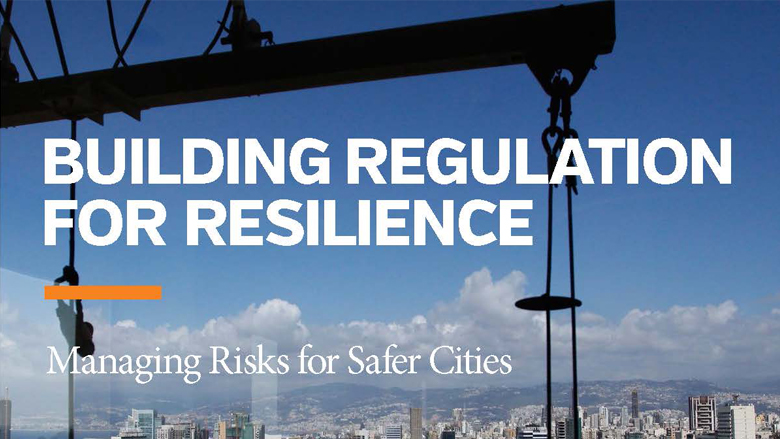The World Bank’s Building Regulation for Resilience Program, with support from the Disaster Risk Management Hub, Tokyo, will launch a report that describes how Japan has transformed its built environment to enhance building safety and earthquake resilience. The report showcases Japan’s incremental approach to developing a policy and legal framework, as well as compliance mechanisms.
Japan started with similar conditions to the current situation of some developing countries (with limited technical knowledge, poor construction quality, and a large housing demand) and can, therefore, serve as a model for developing countries seeking to increase the safety of the built environment.
The “Transforming Disaster Experience into a Safer Built Environment: The Case of Japan” report will highlight 10 lessons from Japan for policy makers, building governance practitioners, and project managers in developing countries:
1. Regulation should be understood as a tool to guide and support the safety of the built environment, and should not be seen principally as a means of exerting control.
2. To develop an effective approach to building safety, countries need a clear understanding of their available human, technical, and financial capacity.
3. Effective regulation takes place within an enabling environment that includes education, financial incentives, and other mechanisms designed to proactively support compliance.
4. The regulatory ecosystem must make professional expertise and technical services available to all who wish them.
5. Formal regulatory systems should recognize prevalent construction practices, including non-engineered construction, and the risks associated with them.
6. An effective regulatory regime is based on science and requires the participation of academia.
7. Governments can strengthen their regulatory regimes by coordinating action with the building industry.
8. The private sector can play an important role in effective enforcement of building regulation, but only where mechanisms for oversight, fairness, and conflict resolution are robust.
9. Financial incentives can play a key role in promoting safety and overall quality in the built environment.
10. An incremental, context-specific approach— one in which policies are based on analysis of data accumulated over many years and events— is the path to a safer built environment.
The Building Regulation for Resilience Program is part of the World Bank’s City Resilience Program (CRP) which will be launched in Washington, DC on June 15, 2017. The CRP aims to consolidate World Bank’s city-level engagements across sectors by providing a platform for resilience-building investments with clients in areas of infrastructure, governance and systems, and finance.
The final Transforming Disaster Experience into a Safer Built Environment: The Case of Japan report is expected to be completed in November 2017 and disseminated shortly after.


